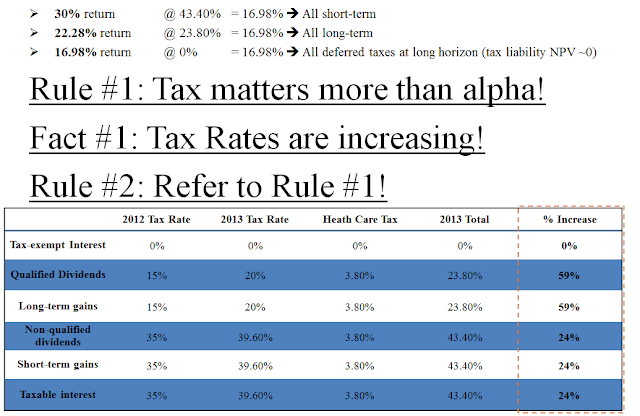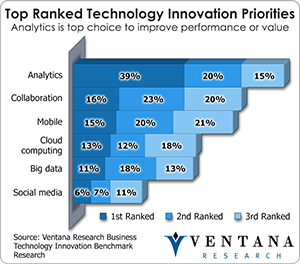Kay Bell for Don't Mess with Taxes writes: Our neighborhood just finished up its spring community garage sale. Twice a year, May and October, my neighbors who want to unload some of their crap unwanted goods, ferry the stuff into their driveways and wait for folks to come take it off their hands.
The hubby and I don't participate in the garage sales. Basically, neither of us wants to sit out in front of our house for hours and deal with folks who want to dicker over nickels. Plus the events start way too early for us on a Saturday morning.
We do, however, appreciate bargains. That's why a recent email I got caught my eye.
It was a link to the Internal Revenue Service auction site, sort of a combination garage sale/eBay option.
I took piano lessons, but haven't touched a musical keyboard in years. Still, I'd love to have a grand piano one day. Lo and behold, that's the first item shown on the current IRS auction Web page.
And it's not just a Steinway, it's a Steinway Model A Tricentennial Dakota Jackson limited edition grand piano. I checked out the company's website for this instrument, and it looks like $24,000 minimum opening bid price isn't bad, since the piano is a collector's piece.
The piano is available for inspection in Charlotte, N.C., but the IRS has several photos on its auction website. If I really do want it, however, I'll have to head to the Queen City; I just missed the cutoff to get a mail bid to the IRS auctioneer.
Wide variety of items for sale: If a piano isn't your thing, the IRS also is offering a variety of items it has seized for nonpayment of taxes. They include vehicles, boats, businesses, commercial and industrial property and supplies and, of course, real estate.
The featured home right now is a mountain retreat in Colorado. It's not far from my sister-in-law. But the hubby is not so keen on moving.
It has nothing to do with his family; he loves his little sister. It has to do with her report that they just had the biggest snowfall of the year last week. In May.
So we're staying put in relatively balmy Central Texas for a while. But there are some properties in the Lone Star State and other temperate locales up for tax auction.
And the IRS does its best Realtor impression in listing its seized real estate offerings:
So we're staying put in relatively balmy Central Texas for a while. But there are some properties in the Lone Star State and other temperate locales up for tax auction.
And the IRS does its best Realtor impression in listing its seized real estate offerings:
- PA - Somerset County. 2-Story Townhouse situated in Hidden Valley Resort. Access to all amenities. Beautiful view of Valley!
- TN - Sevierville. Nice 1/2 acre lot in a great area just outside of Gatlinburg. Make it a vacation spot!!
- TX - Tulia. Historical building in quaint small town. Next door to bank and other local businesses. Many potential uses - Must see to appreciate!
Like I said, real estate puffery, so be sure to take a good, hard look at the homes and all other items up for sale.
Follow the rules: As with all things IRS, it pays to read the instructions and follow the rules. You can check out the IRS' full frequently asked questions about its auctions, but here are a couple of note:
- All property is offered for sale “where is” and “as is” and without recourse against the United States.
Translation, there's no promise, guarantee or warranty, expressed or implied. You're taking your chances.
- Now about payment ... the IRS doesn't accept personal checks, credit cards or bank letters of guarantee for the items bought at auction. I quote:
"As per the Internal Revenue Code, all payment for property sold must be in the form of Cash, Certified, Cashier's, or treasurer's check drawn on any bank or trust company incorporated under the laws of the United States or under the laws of any State or possession of the United States [or] A United States postal, bank, express, or telegraph money order and made out to the United States Treasury."
But if you're a careful shopper and an auction is near you, have fun. The IRS appreciates you helping retire other taxpayers' debts.






